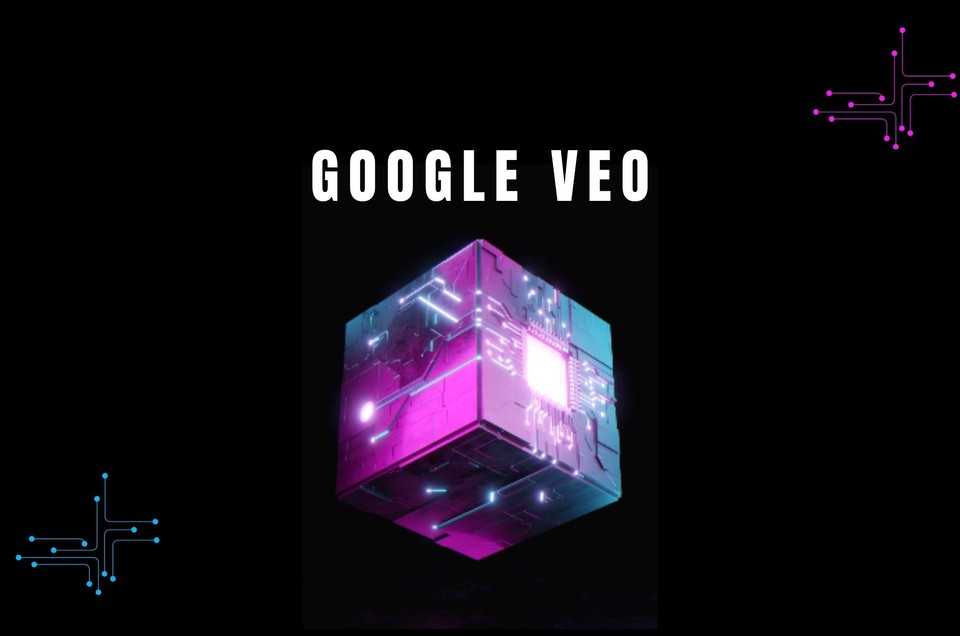

Businesses may now begin integrating Google’s latest generative AI video model, Veo, into their content creation processes. Veo beat OpenAI to market by launching in a private preview through Google’s Vertex AI platform, three months after OpenAI originally debuted its competing Sora product in May.
From text or image-based prompts, Veo can produce “high-quality” 1080p HD videos in a variety of visual and cinematic styles. Google doesn’t set any duration constraints for the preview release, although when the model was first introduced, these created clips can be ambiguously “beyond a minute” in length. It’s really hard to discern that the videos are artificial intelligence (AI)-generated without a sharp eye, and some of the new sample clips in Google’s presentation are comparable to what we’ve already seen from Veo.
All Google Cloud users will be able to use the latest version of Google’s Imagen 3 text-to-image generator through Vertex “starting next week,” extending its August availability in the US on Google’s AI Test Kitchen. New features including prompt-based photo editing and the option to “infuse your own brand, style, logo, subject or product features” into created photographs are also available to those on Google’s allow list.
Google says that Veo and Imagen 3 have built-in security measures to stop them from creating harmful content or violating copyright protections, however, we were able to easily get around the latter. DeepMind’s SynthID technology, a type of invisible digital watermark that Google says might “decrease misinformation and misattribution concerns,” is also integrated into everything created by Veo and Imagen 3. The idea is comparable to Adobe’s Content Credentials system, which can be incorporated into content created by the massive creative software company’s own generative AI models for images and videos.
OpenAI is significantly behind its competitors and is running out of time to fulfill its pledge to launch Sora by the end of 2024, as Google’s video model is currently in use. Advertisements like Coca-Cola’s most recent holiday campaign already feature AI-generated content, and businesses have an incentive to avoid waiting for Sora because, according to Google, 86 percent of businesses that use generative AI report higher income.
Google’s latest generative AI video model, Veo, is now available to companies wishing to incorporate it into their workflows for creating content. Veo was first made public in May, three months after OpenAI debuted its competitor product, Sora. It was first shown in a closed preview via Google’s Vertex AI platform.
Using either text or image prompts, this model can generate high-quality videos in 1080p HD with a variety of visual and cinematic approaches. Although Google has not specified any length restrictions for this preview version, the generated clips were initially advertised as being longer than a minute when the model was first launched. Google’s recent example clips are consistent with Veo’s earlier findings; it is very difficult to identify these videos as artificial intelligence (AI)-generated without close examination.
Additionally, after its initial US launch on Google’s AI Test Kitchen back in August, the updated version of Google’s Imagen 3 text-to-image generator will be accessible to all Google Cloud users via Vertex beginning next week. Prompt-based photo editing and the ability to add their own brand, style, logo, subject, or product features to the generated images are among the new features available to users on Google’s authorized list.
Although prior observations indicate that circumventing these precautions may not be particularly difficult, Google says that both Veo and Imagen 3 include built-in safeguards to prevent the creation of harmful content or violations of copyright restrictions. DeepMind’s SynthID technology, which functions as an invisible digital watermark to lessen disinformation and misattribution issues, is included in every output produced by Veo and Imagen 3. This idea is similar to Adobe’s Content Credentials system, which can be embedded in content produced by the company’s own generative AI models for images and videos.
Now that Google has introduced its video model, OpenAI is falling behind competitors and has a short window of time to meet its goal of releasing Sora by the end of 2024. Google reports that a significant percentage of businesses currently using generative AI are seeing revenue growth, so companies have a strong incentive to not delay for Sora. AI-generated content is already appearing in advertisements, such as Coca-Cola’s recent holiday campaign.
May is Small Business Month, a time to honor and recognize the achievements of the… Read More
Swiss International University (SIU) is on track to be one of the world's most respected… Read More
In a session that left students buzzing with fresh ideas and practical insights, Invertis University… Read More
At the 21st Shanghai International Automobile Industry Exhibition, which is surging with the wave of… Read More
Liverpool, UK—House of Spells and Comic Con Liverpool are once again collaborating to bring the… Read More
Introduction In India's booming EdTech space, there's one name that's making waves among Telugu students… Read More